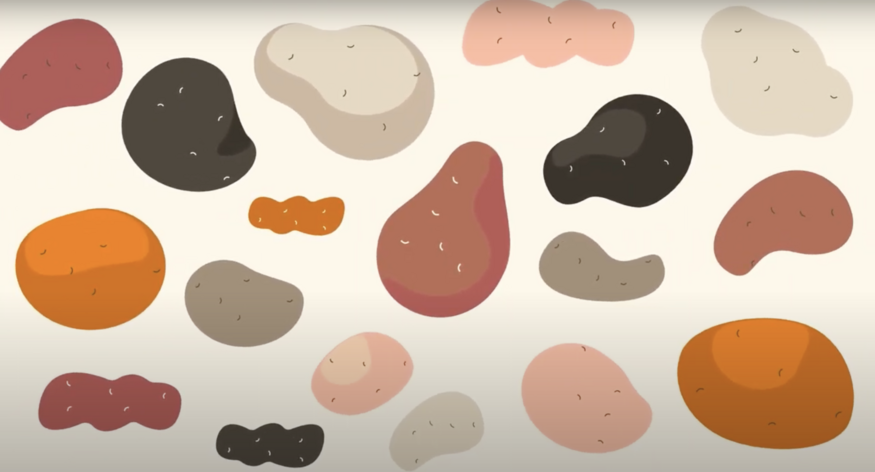Crop Wild Relatives: Pre-breeding

Increasing temperatures are pushing potato farmers higher up the Peruvian Andes. But what if rather than trying to escape climate change, they confront it? They need to plant potatoes that are more resistant to threats, but those “super potatoes” aren’t readily available. Fortunately, some wild cousins of crops have traits and characteristics that their domesticated relatives have lost. Pre-breeders can combine the best features of different potatoes and get those traits back into the cultivated genepool. To visualize pre-breeding, think about breeding a housecat with a tiger. You may want the strength and stamina of a tiger combined with the size and docility of a cat. But you won’t get that all at once. So, you keep breeding your initial offspring with housecats until you get a really strong cat which still purrs. This ‘pre-breeding’ forms a bridge between the genebanks who safeguard the wild relatives and the plant breeders who use them. The Crop Wild Relatives project is now supporting a global pre-breeding initiative that is bringing back the diversity in 19 important crops. All of the plant material and data generated during these pre-breeding projects are available in accordance with global agreements, so plant breeders anywhere in the world can access them in a ready-to-use form. If farmers in the Andes – and around the world – go back to the place of their initial cultivated lands, despite higher temperatures and new diseases and pests, they’ll be thankful there’s a bit of the wild cat in them.
***
The project ‘Adapting Agriculture to Climate Change: Collecting, Protecting and Preparing Crop Wild Relatives’, funded by the Norwegian Government (NORAD), and coordinated by the Crop Trust with the Millennium Seed Bank, Kew
